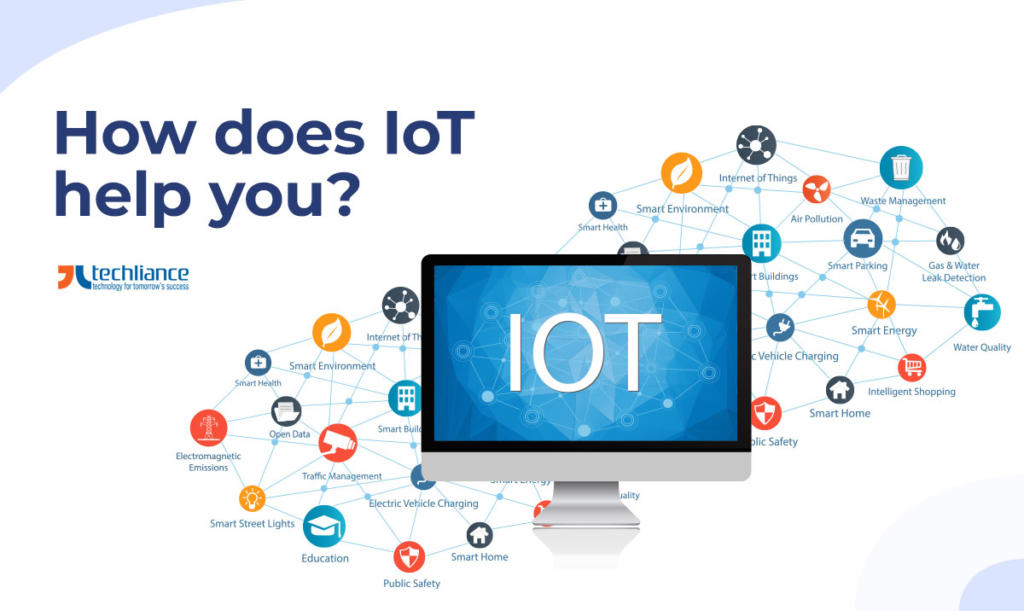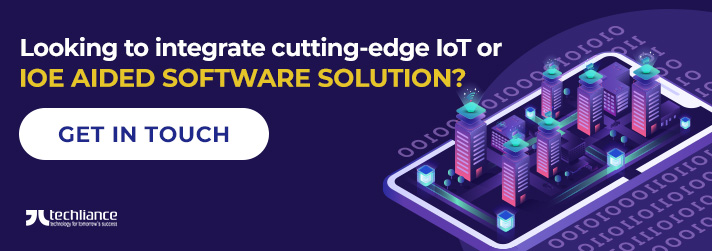The concepts of Internet of Things (IoT) and Internet of Everything (IoE) have taken us all over and made it possible for true sense of connectivity. While discussing IoT, it is impossible to not mention IoE. In fact, the two technologies are closely attached. So, the debate of Internet of Things vs Internet of Everything makes sense if you take a look at the broader picture.
When the term global village was coined over two decades ago, little idea did we have that dialup internet is just going to be a very small part of the larger picture. We live in an era of connectivity where everything adds up together and connects.
There is no concept of silos and anything that is not able to connect with others is simply not part of the system. That is how it goes.
In essence, the wide communication between devices helps people connect. This makes the possibility of exchanging information a distinct possibility. Consequently, consumer behavior is the pivot for evolving the user experience.
Nowadays, Internet of Things and Internet of Everything are widely popular technologies. Well experienced IT firms can make use of IoT and IoE to enable businesses for providing highly customizable behavior through smart devices to the users.
These terms are even used as a marketing gimmick. IoT and IoE enabled software development solutions will continue increasing in 2024 and future times.

Internet of Things and Internet of Everything are Inseparable
By definition, IoT is the connectivity of devices that work together to provide users a seamless experience by allowing tasks to be enacted out as per the consumer behavior. So, there is mention of “things” which is one of the four pillars of Internet of Everything also.
So, in a nutshell the tree of life is IoE while the branches can be termed as IoT. You cannot discuss one without the other as they both help form the larger picture together. Truly speaking, IoT and IoE are nearly associated, and rather work in tandem in some cases.
Putting the Pieces Together
IoT software is one of the most sought-after products in the market. The reason behind their success is the wide-range of connectivity they offer to users. Nowadays, the trend of smart gadgets and wearable devices is continuously on the rise.
As a result, Internet of Things is a popular concept as it allows users to remain connected to their phones and use a wearable watch that can also be used for checking emails, or messages while they jog a mile. A lot of sport brands are endorsing these devices as it helps users stay connected, and also work on their fitness.
How does IoT help you?
This is one small idea but it spans out to users on many fortes with one baseline. You want to remain informed on real-time about the next business deal, and the latest message from across the globe.
Similarly, you desire to have your team be aligned with any important business decision that affects the bid you make for the project.
These are some of the examples on why IoT is so popular and it will continue to expand as more devices will start being “online” and respond to the preferred behavior of users. As a matter of fact, these are all things – that give people options for performing various tasks.

Connecting the dots
Similarly, people enact tasks they want to perform on things that then go through certain process/procedure. These are the hard-written rules, instructions or code (if you think of it, all machines work on set of commands) that is followed by things.
When a process is performed, the output is data – that is the information that is then stored, worked upon and evaluated by things. As a result, the next time a user tries performing a task, they are usually suggested by machines/devices certain choices. From these options they can select the one that most closely matches their mood.
Security – the Biggest Challenge
In today’s world, where we are facing the challenge of evaluating accurate analytics in real-time for forming information; there is also the concern of keeping information secure. After-all, we are constantly connected to the Internet with the risk of security threats.
Majority of countries are already fighting these security breaches at a national level where even large corporations, and government agencies want to keep their records secure from any infiltration. Moreover, the issue of individual data theft is on a high where identity theft, credit card information etc. can create a severe havoc on individual’s life.
Connectivity can be Breached
Because of these risks, although IoE software is widely appreciated but it should have the basic security checks in place to ensure that the user data is safe and secure. This is a basic given in these IoE software solutions.
Otherwise imagine the millions of dollars loss to companies, who are reliant in storing these records that are vulnerable, as they are available on cloud-based systems. If this data is not properly secured, then it can be readily accessible to anyone, who may manipulate and misuse the information for their own gain.
One of the biggest challenges through 2024 and future years would be to manage the huge influx of devices that are connected, exchanging information in real-time and serving people. Any compromised device can put to risk the entire system, causing a havoc for the whole IoT and IoE ecosystem in result.

Conclusion
With the ideas of IoT and IoE that are being implemented on a broad scale level, we are the generation that is witnessing the true translation of the term “global village”. What started off as a mere dial-up internet and which now is all about always staying online and getting real-time connectivity with devices and data, we are even surprising ourselves for the better.
We will continue to catapult towards a higher bandwidth of information and evolve how machines operate by reaching a broad level of automation in even simplest form of tasks. Consequently, a lot of IT services are also complying to these modern trends of the digital technology.
Are you up for the game to integrate an IoT or IoE aided software solution? Talk to us at Techliance for getting a cutting-edge technology solution right now. This will help you for coming to par level in the consumer market.
FAQs about the Internet of Things vs Internet of Everything
The internet of things is a term used to describe interconnectivity between everyday objects. The internet of everything is a broader term that encompasses the internet of things, along with four key elements, namely data, people, things, and processes.
Things (physical devices), people, data, and processes collectively interconnect to the Internet for intelligent decision-making; forming the Internet of Everything (IoE) system.
Oftentimes, when people refer to the Internet of Things, they are actually discussing the Internet of Everything. A simple way to know is that the IoT is simply about the connectivity of what it says — “things”. Whereas the Internet of Everything builds on top of IoT — combining people, processes, data, and things.




